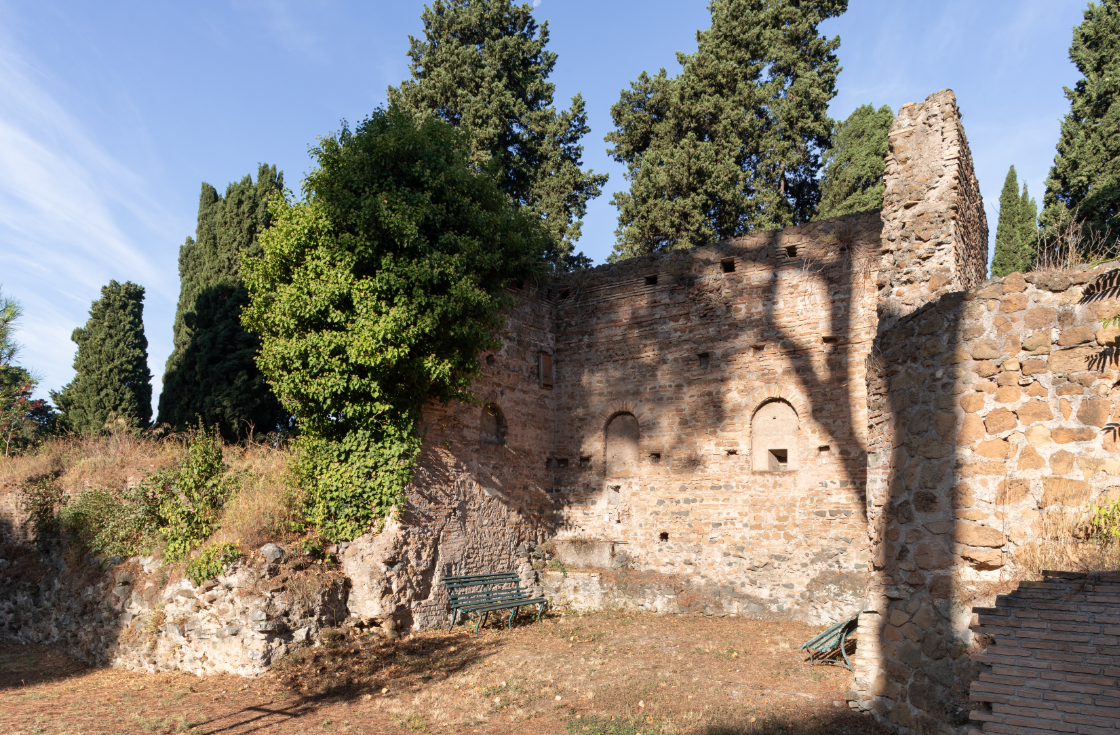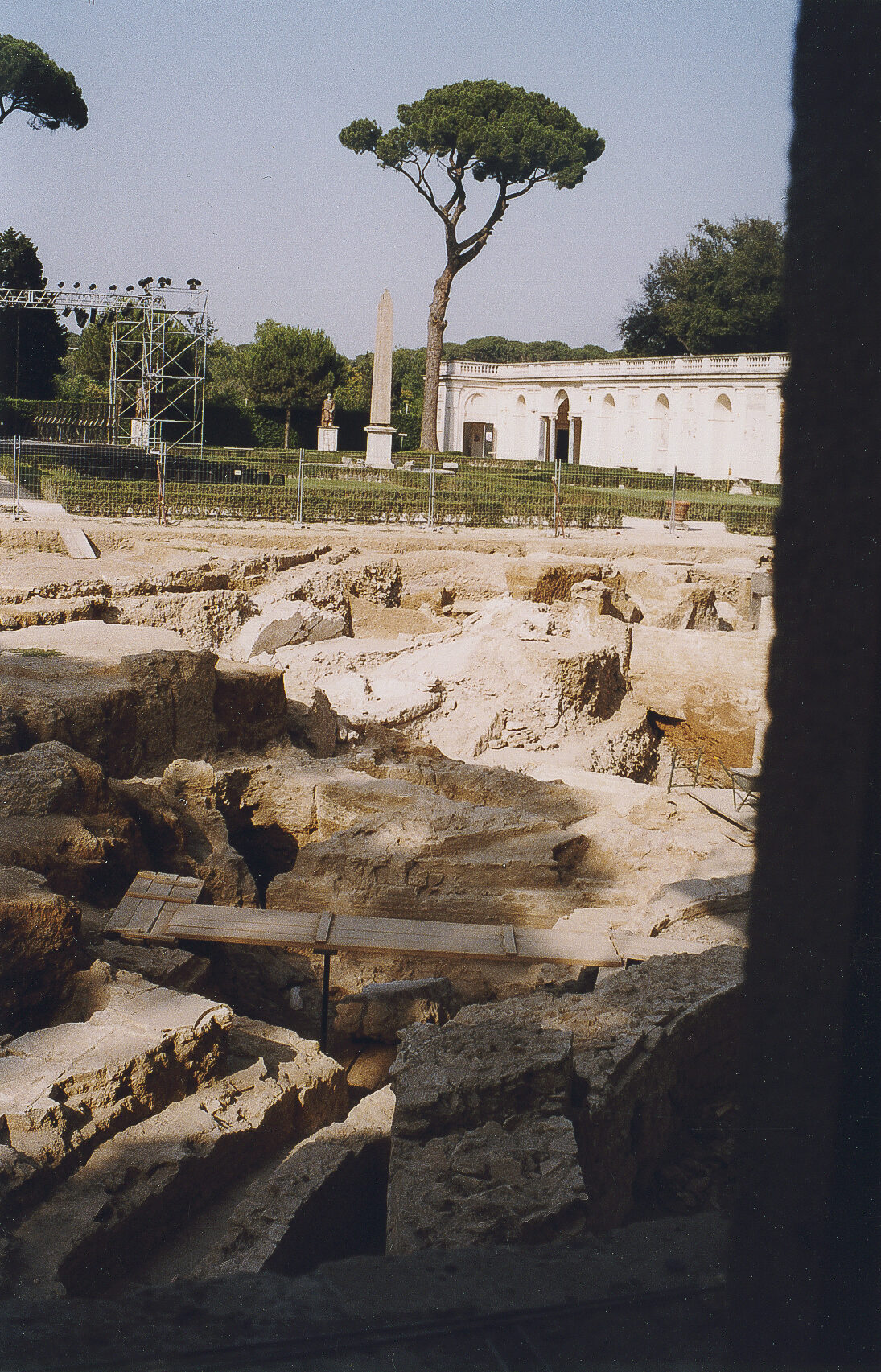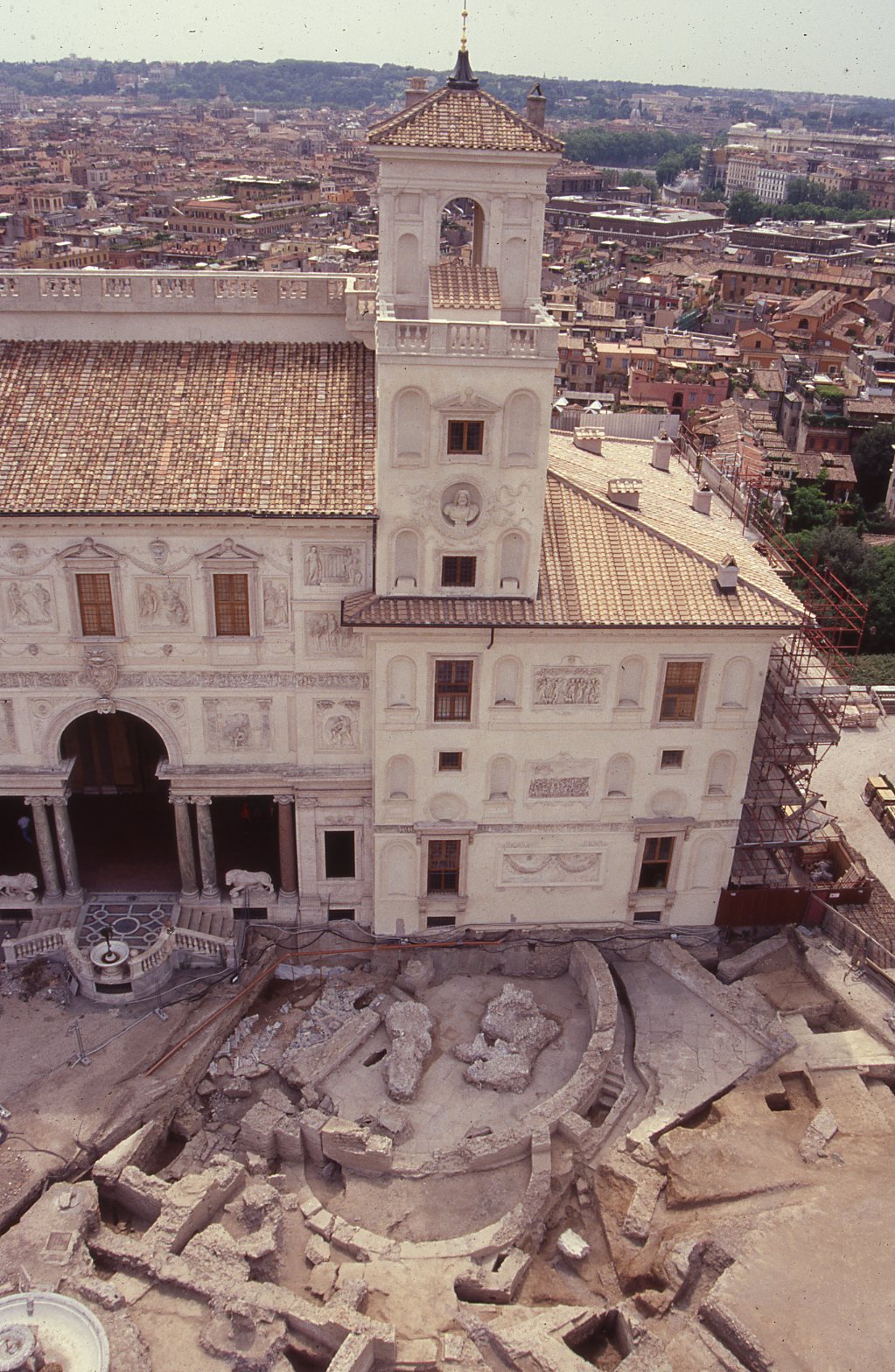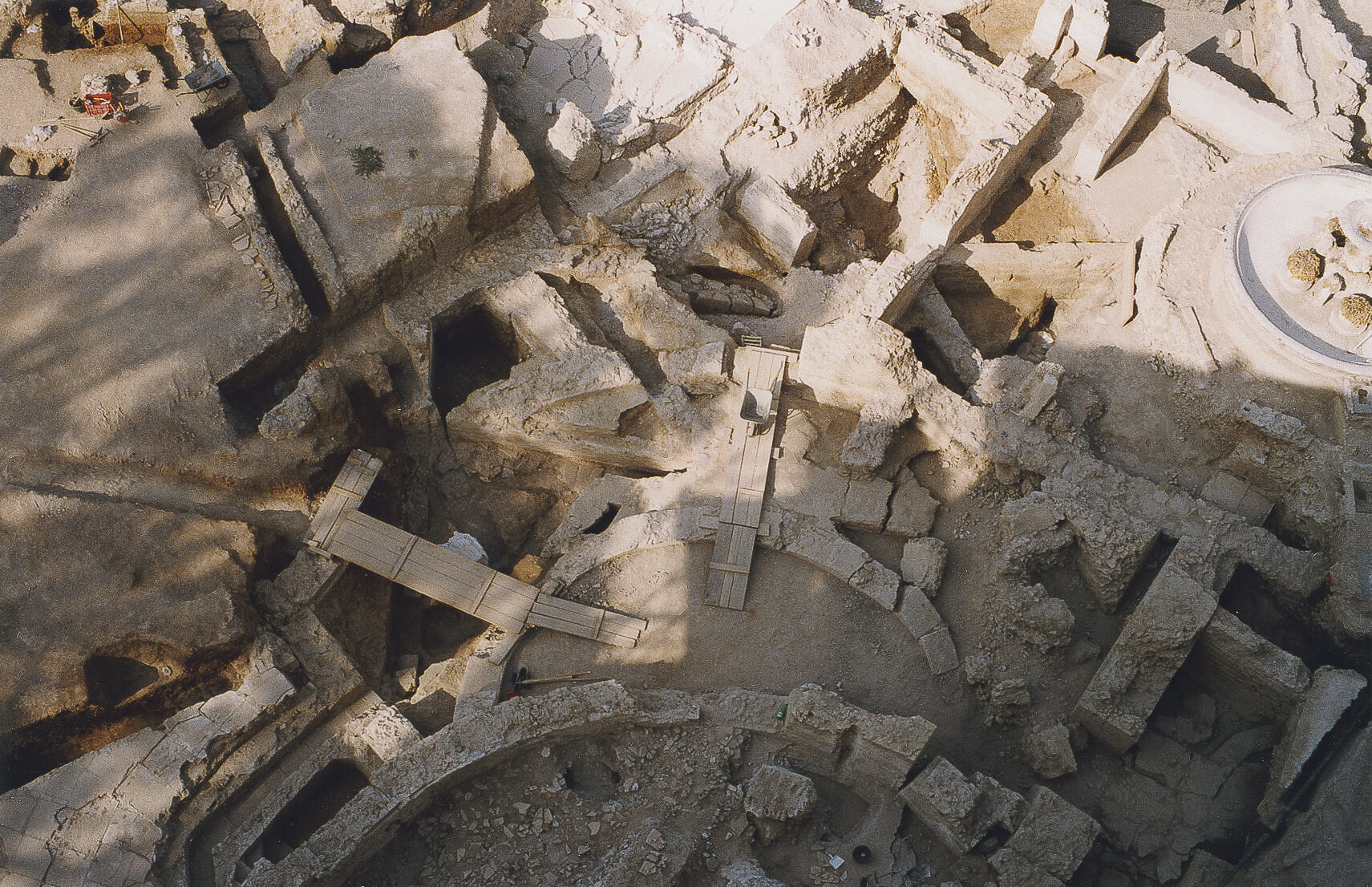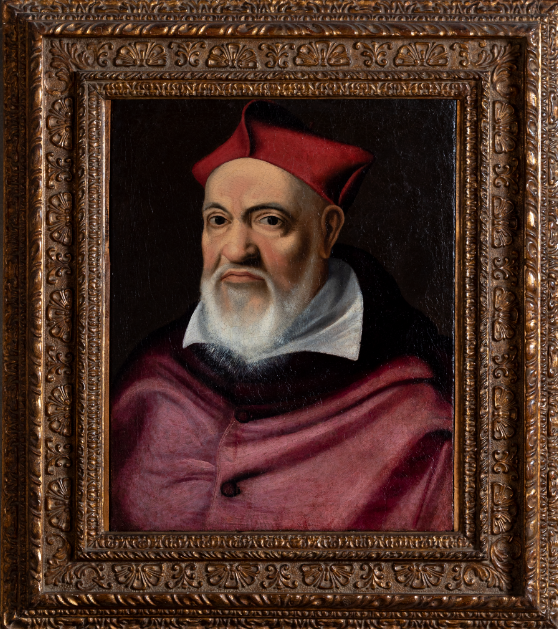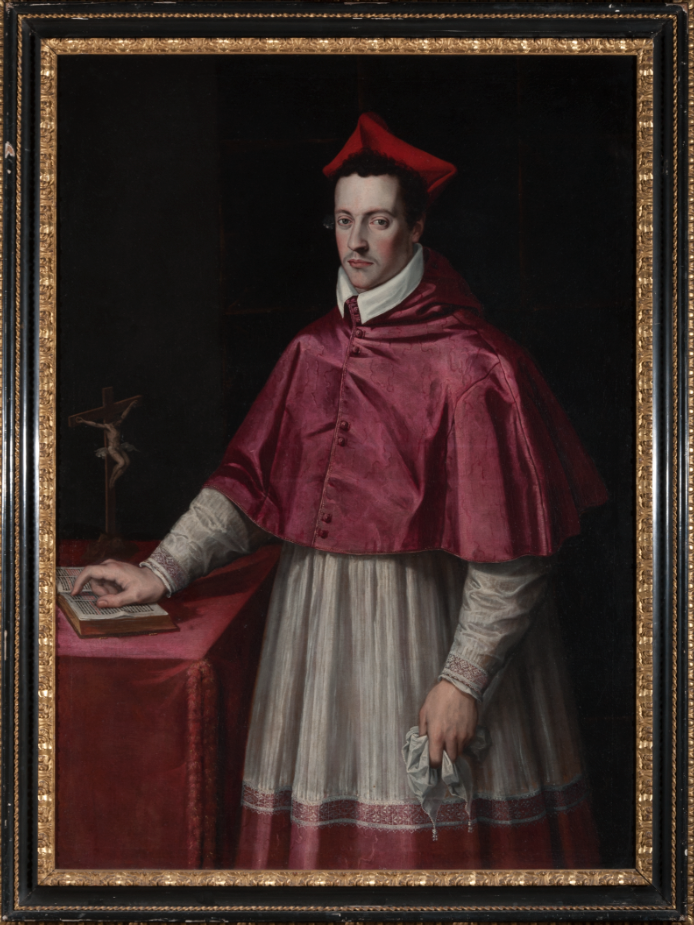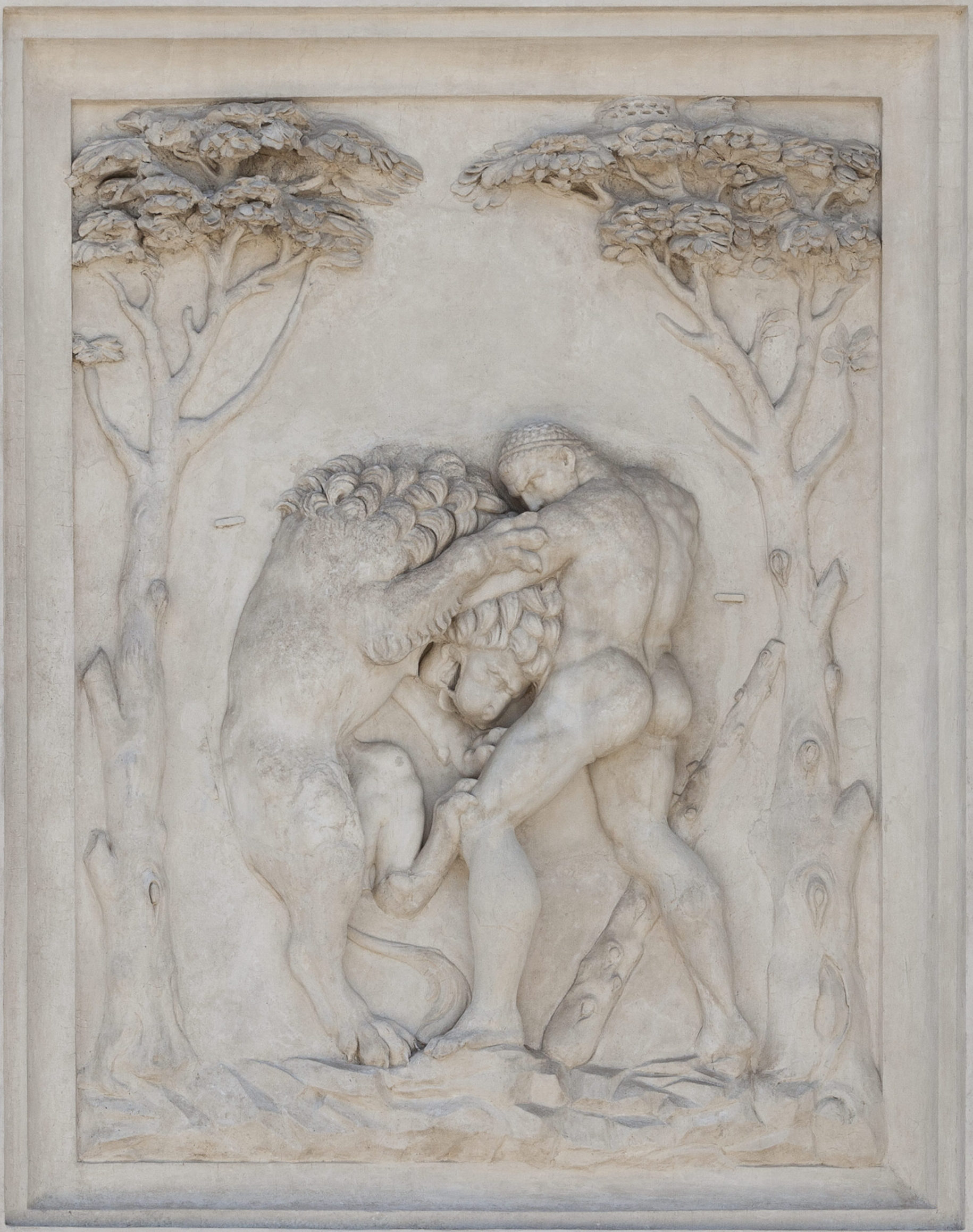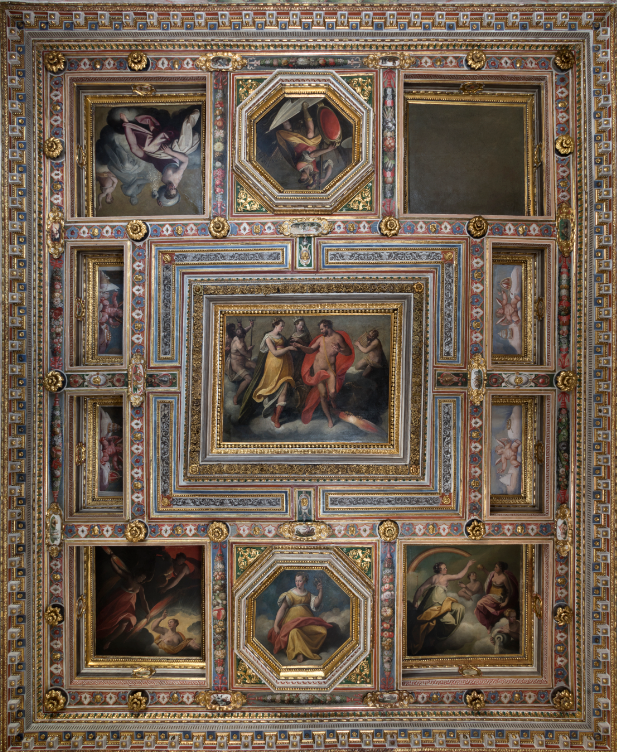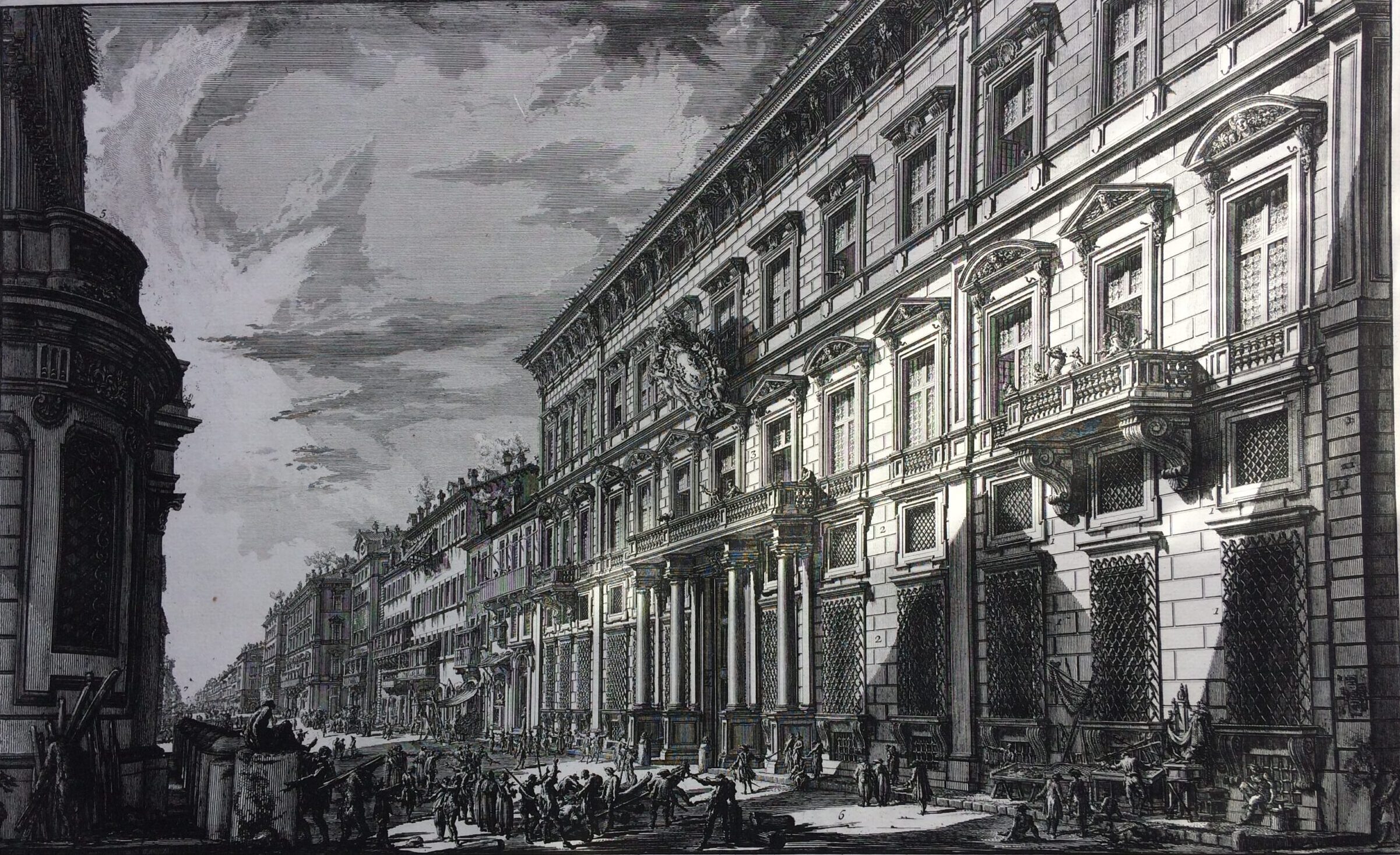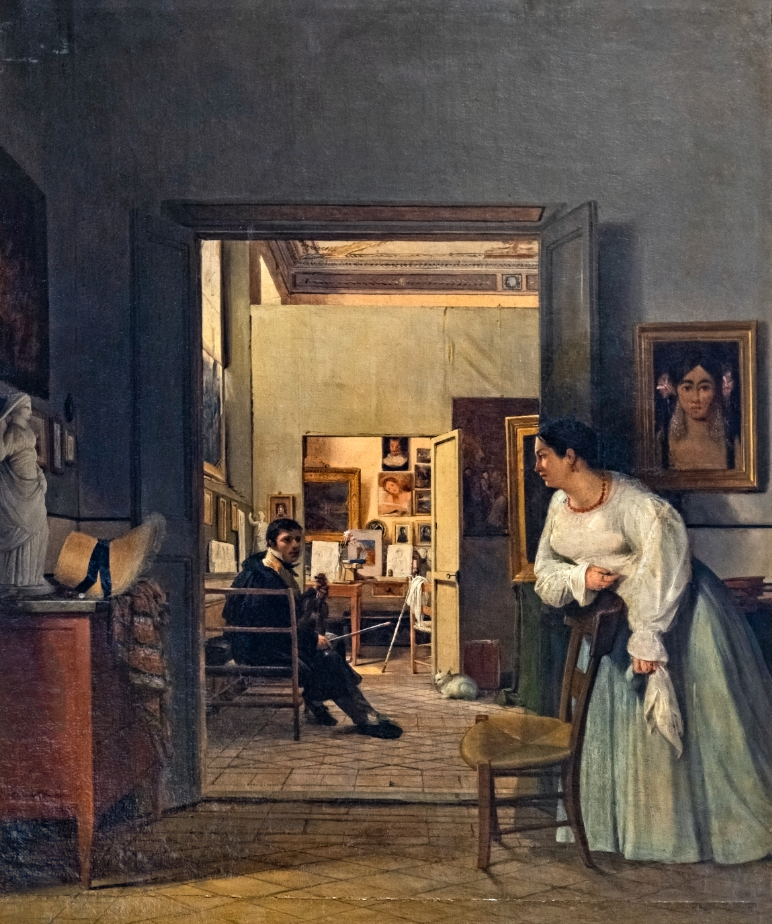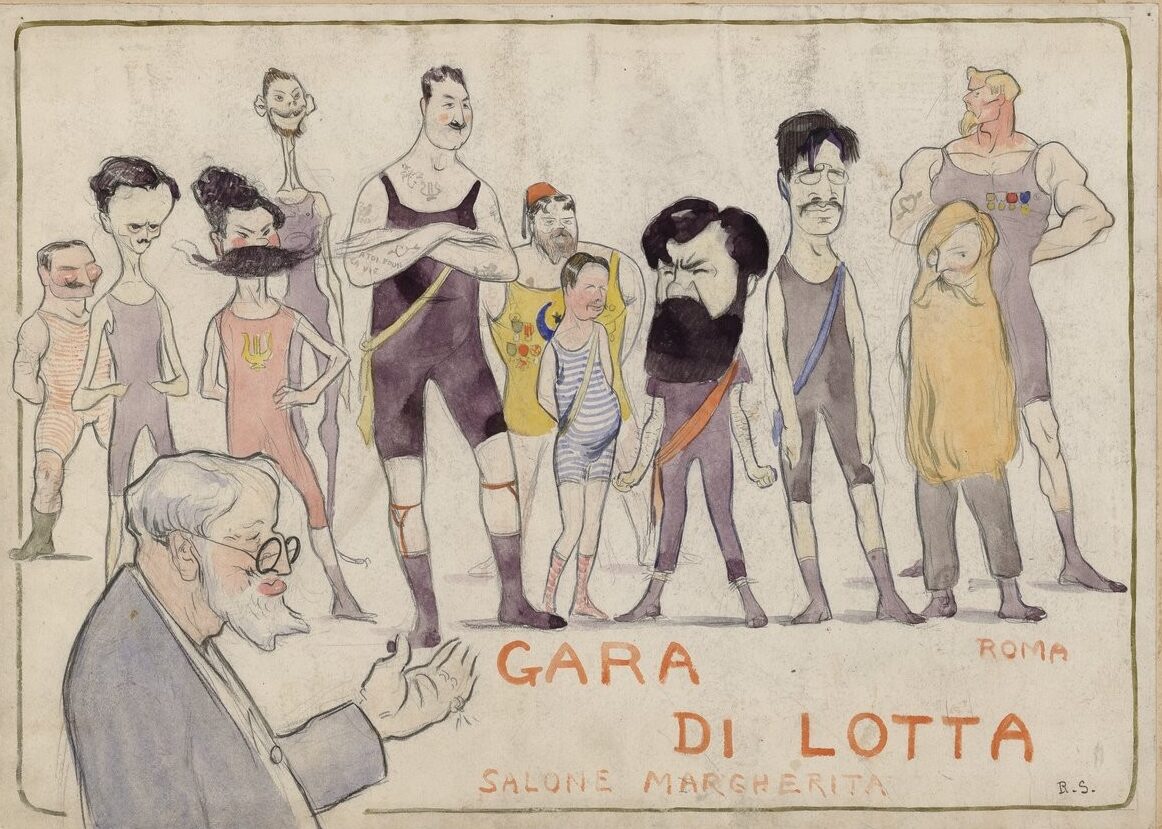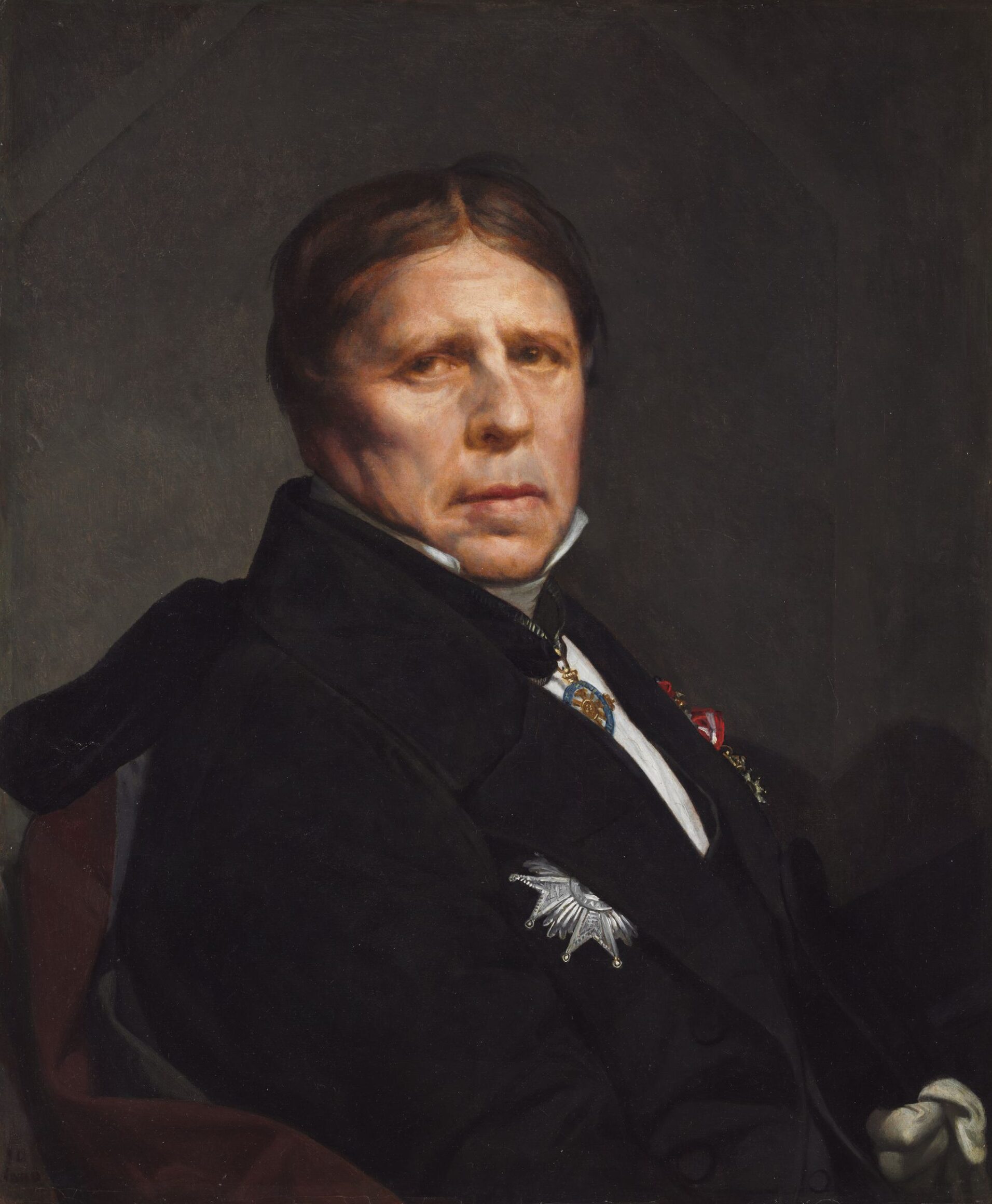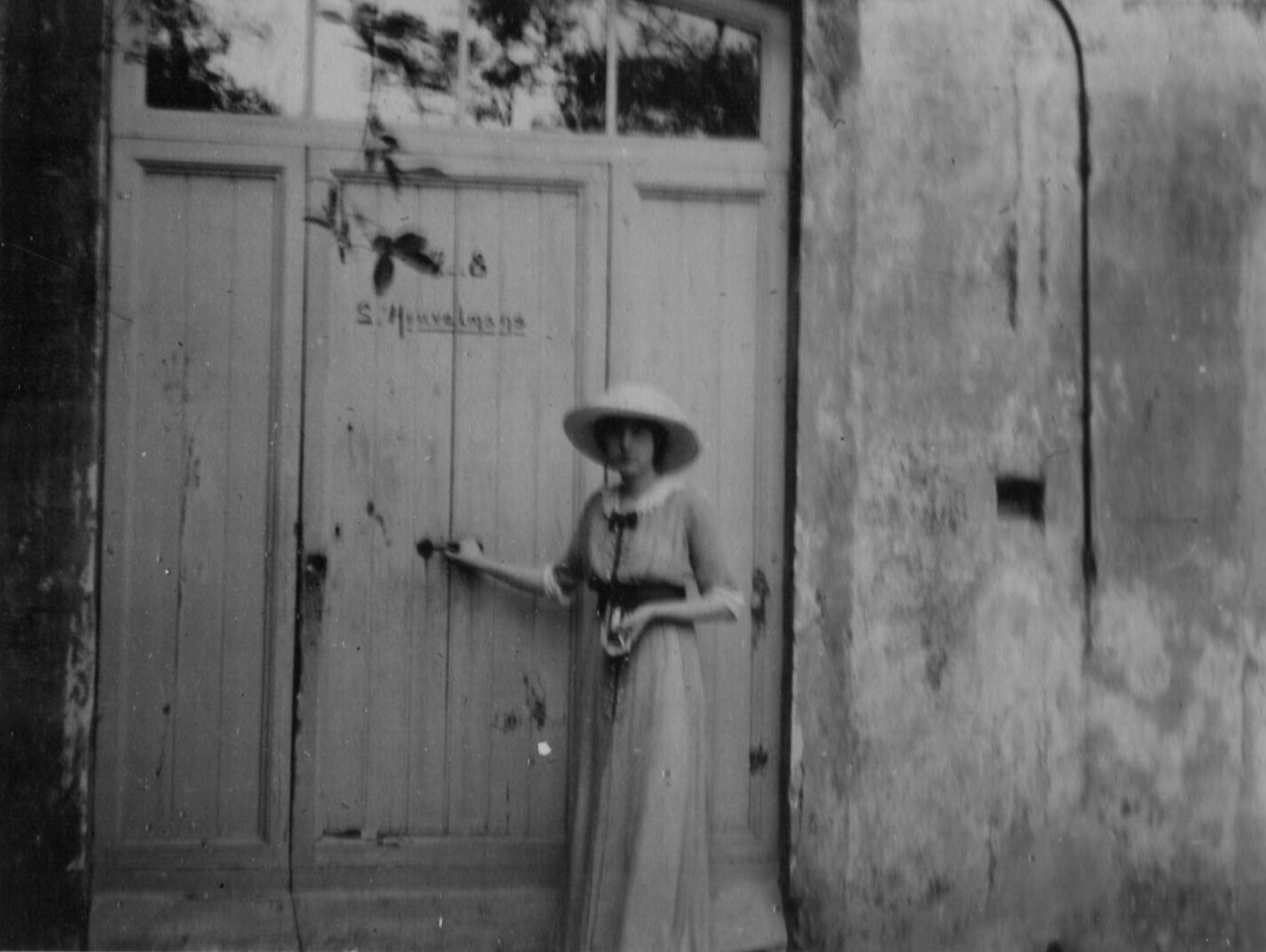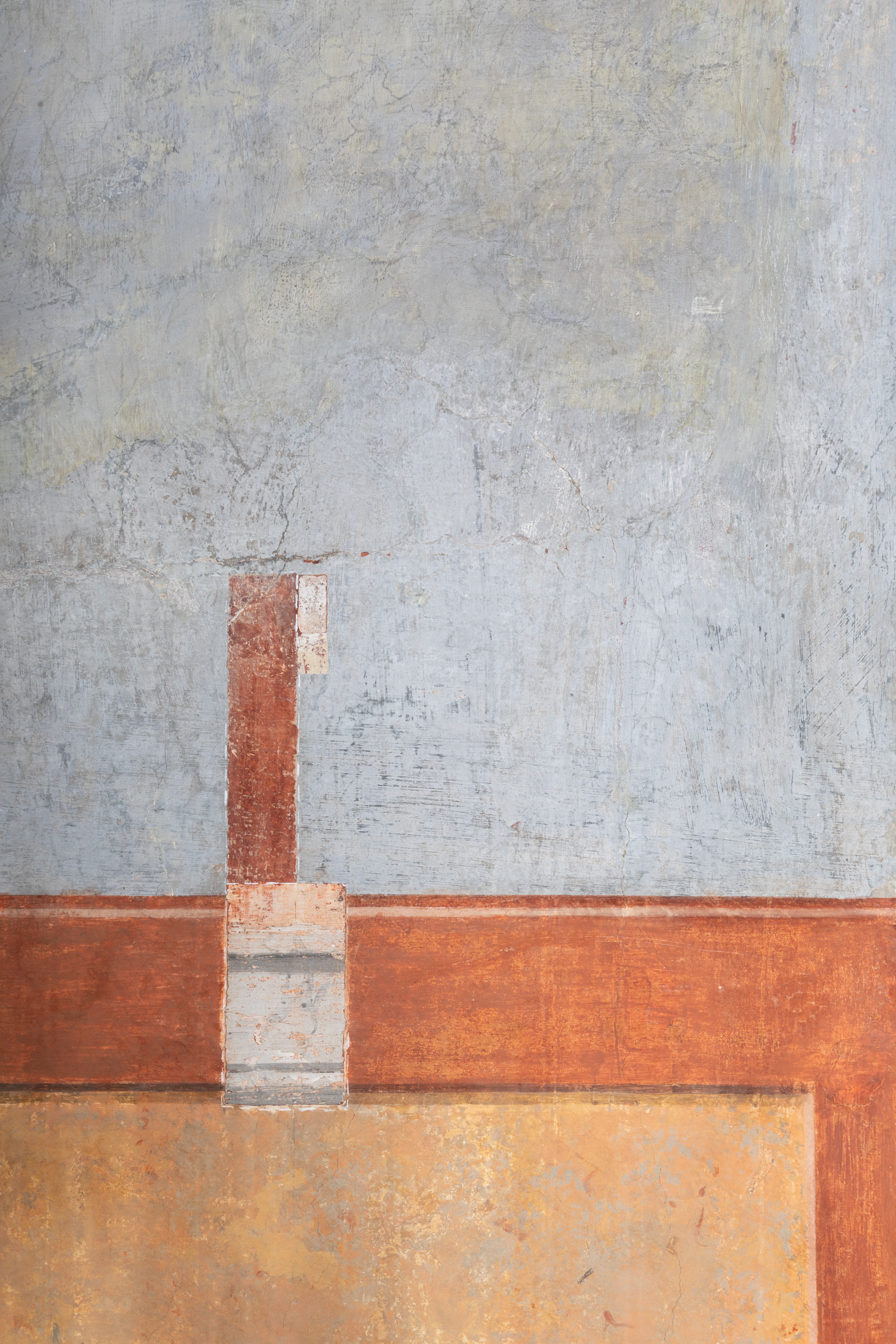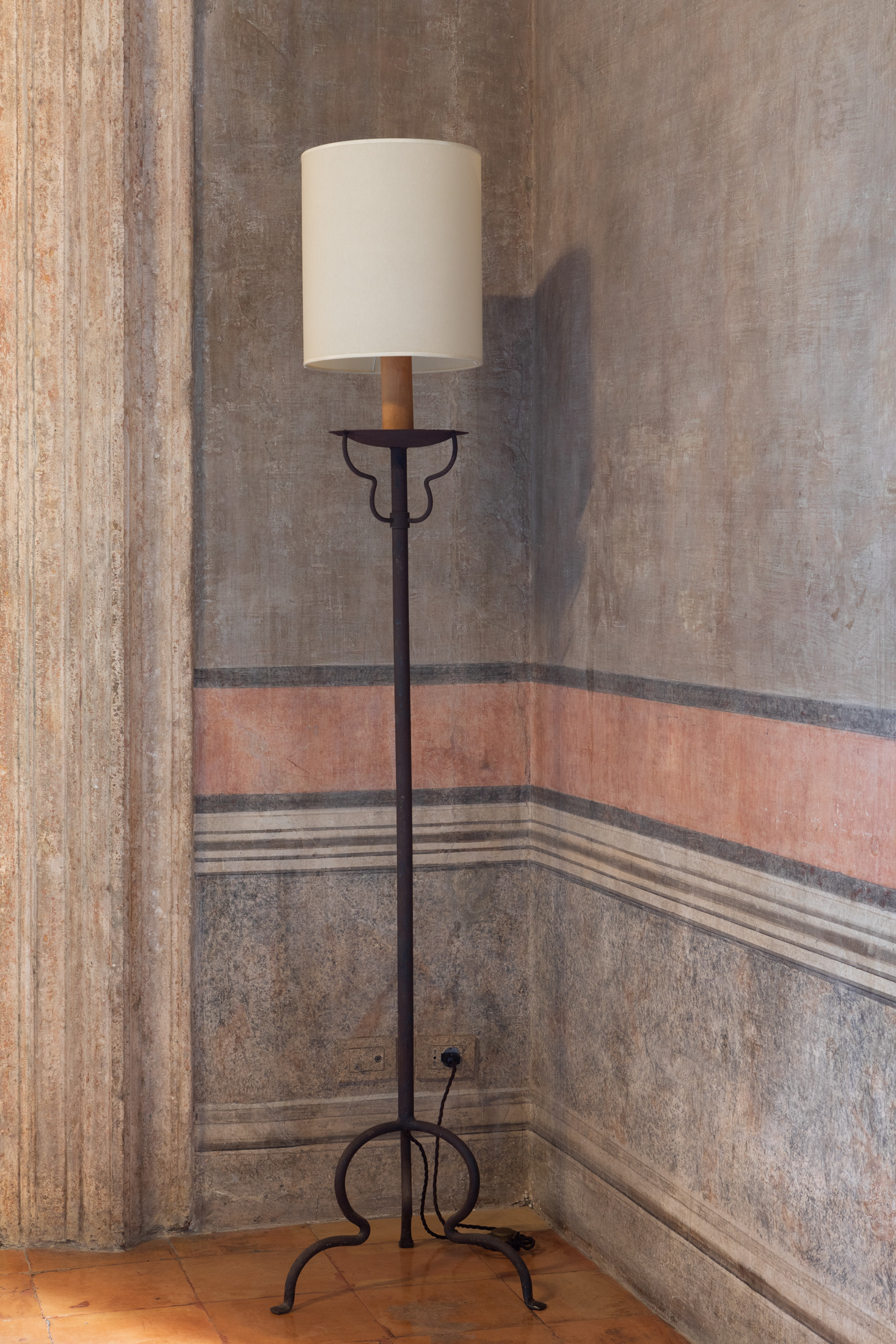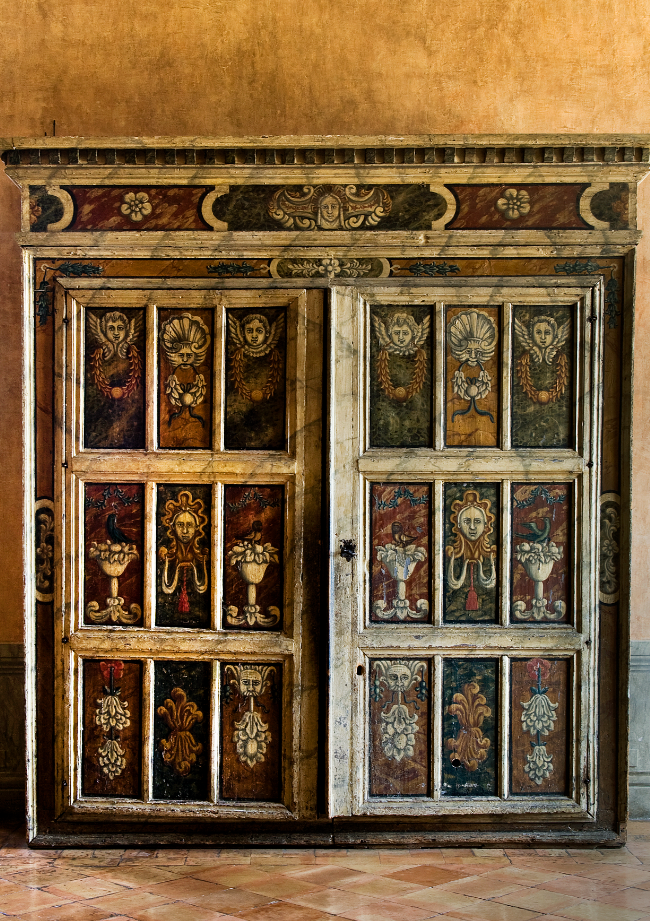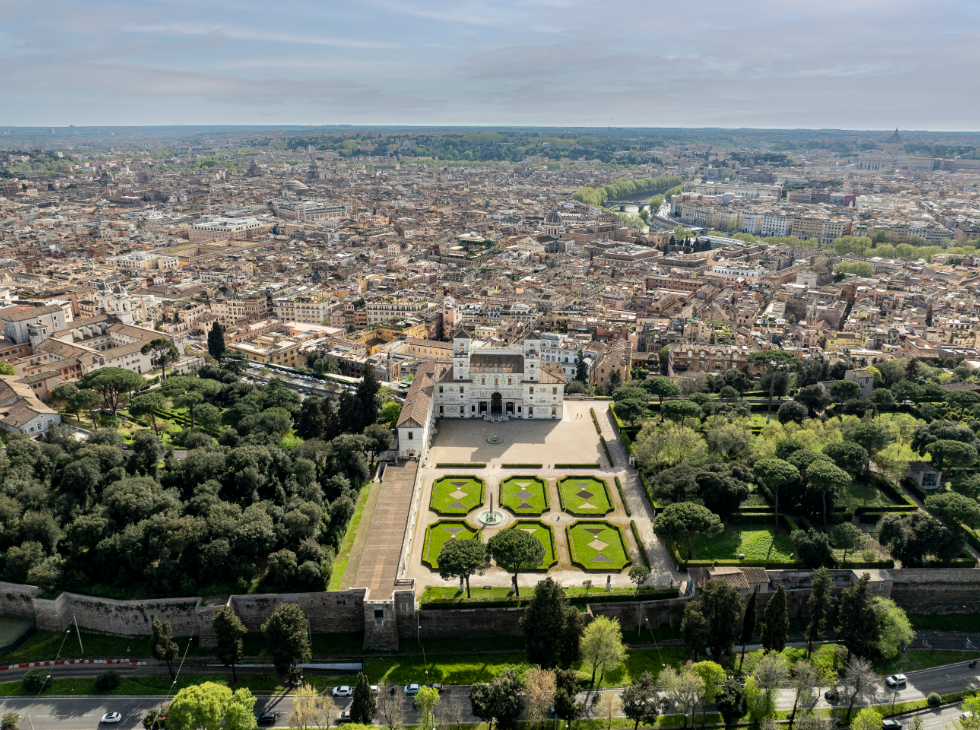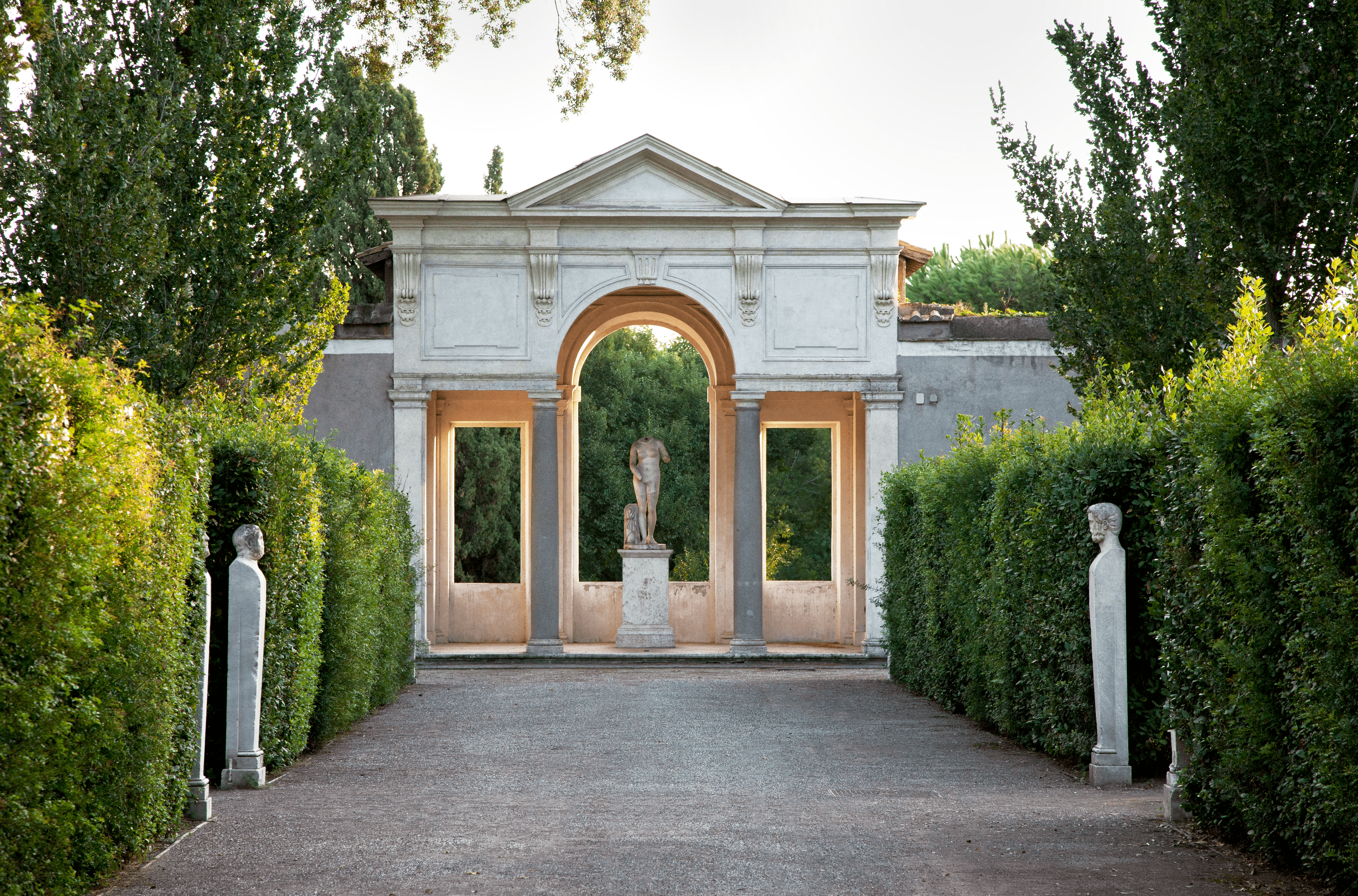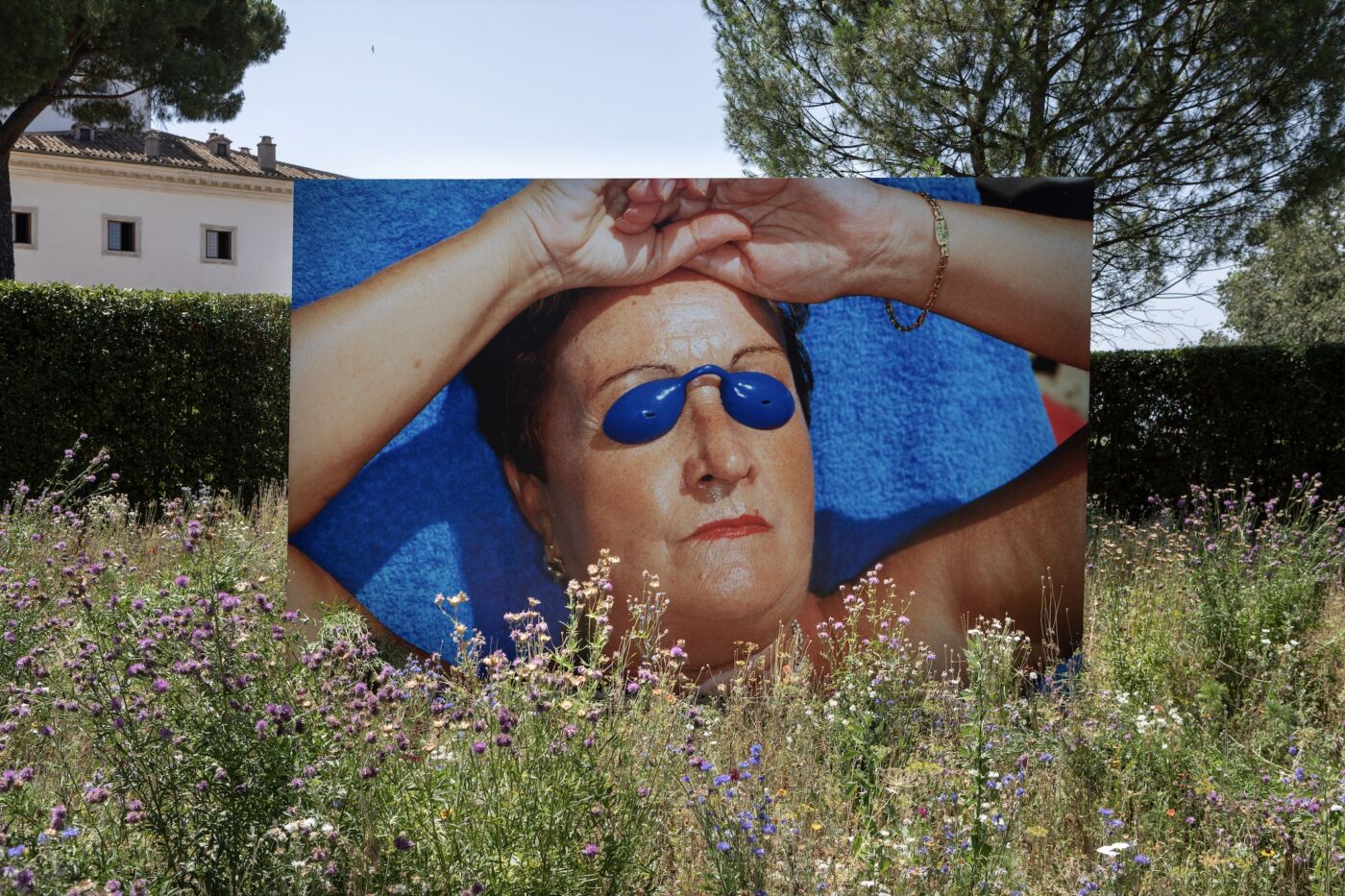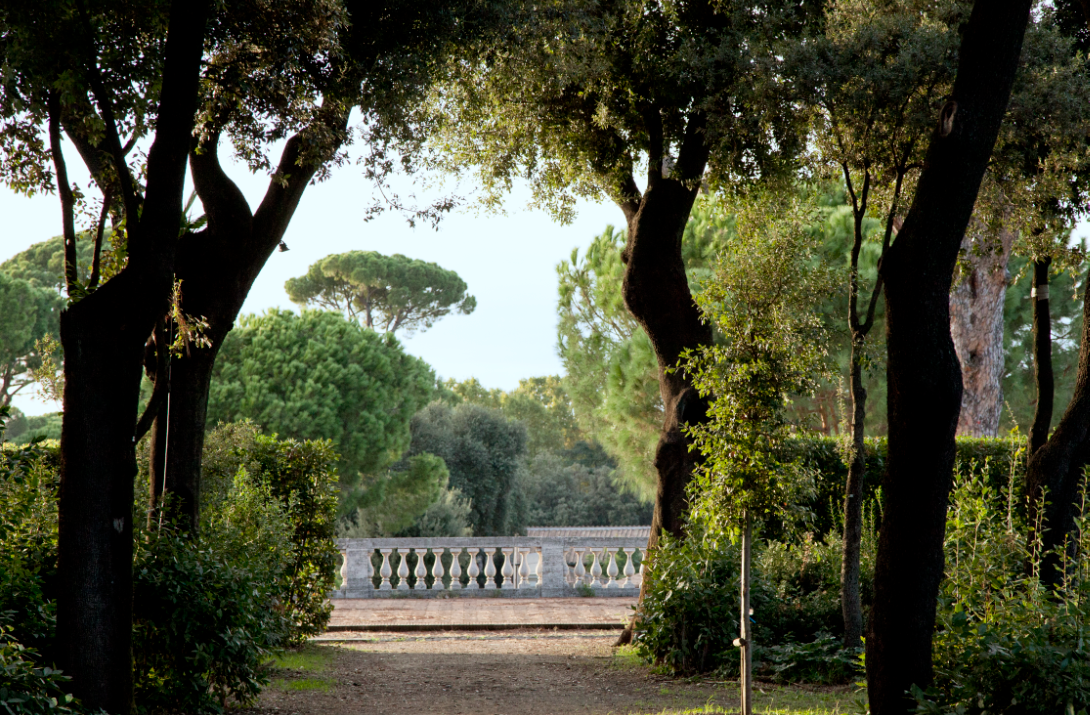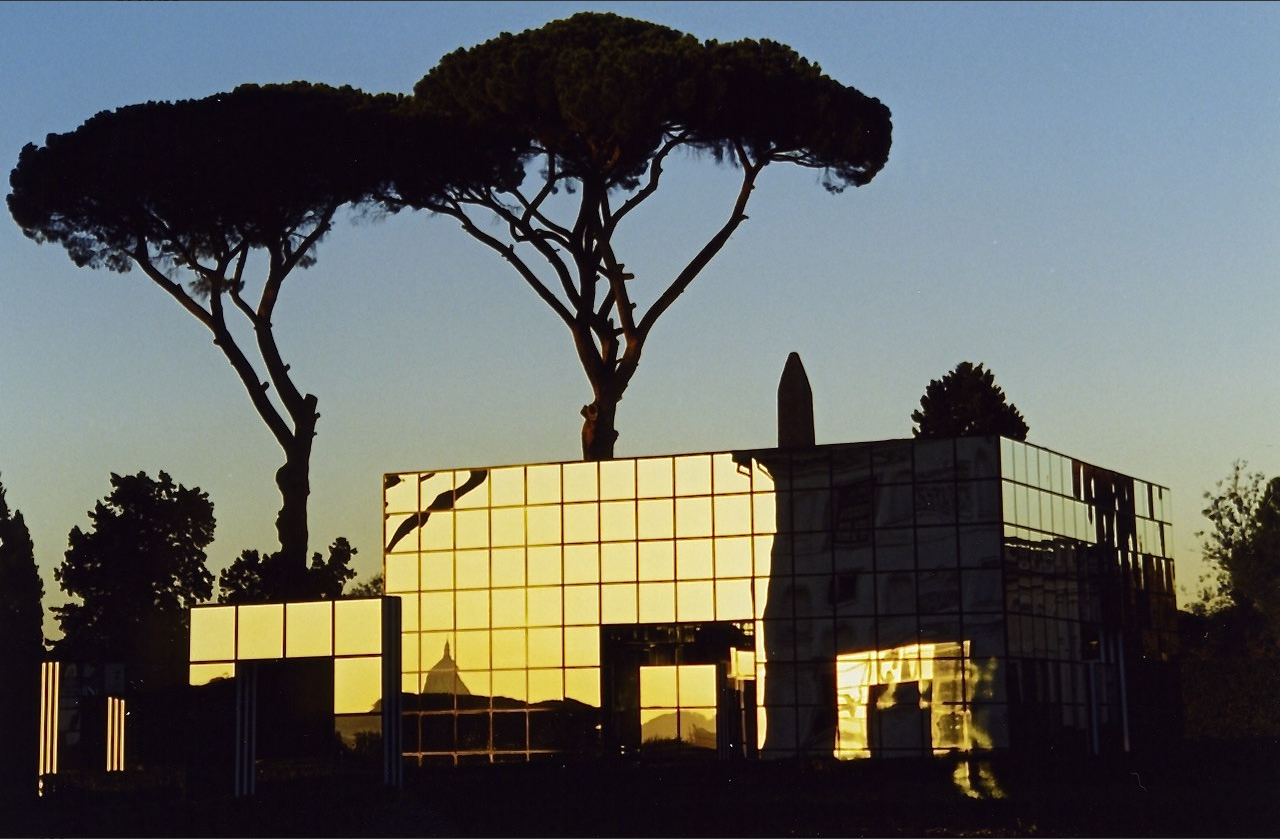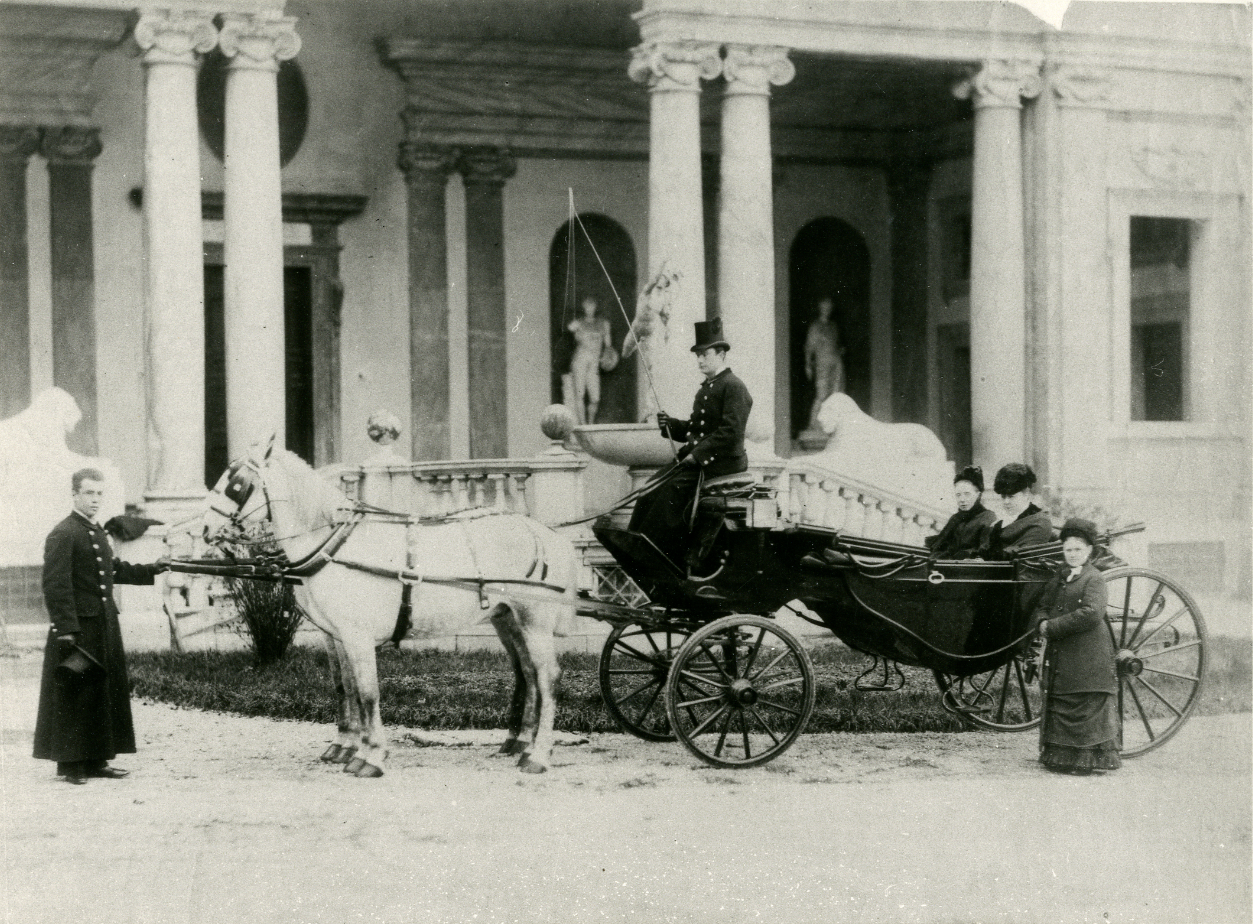Search
A bit of history

From the palace of the Roman general Lucullus, later the home of Emperor Honorius, to the Renaissance villa of Cardinal Ferdinand de' Medici, to becoming the headquarters of the French Academy in Rome in 1803: learn about the timeless history of Villa Medici!
A history with ancient origins
Built on the Pincio Hill overlooking Rome, Villa Medici stands on a site of great historical importance, dating back to antiquity. The area was initially inhabited by the Etruscans, who built a temple there dedicated to the deities of Fortune and Hope, which was later acquired by the Romans. It was on this hill, known as “the hill of gardens,” that the Roman general Lucullus (117-56 B.C.) built a vast and opulent residence, creating an estate that included the area of today’s Villa Medici and Trinità dei Monti. Today, there is still a network of underground cisterns from this era.
With the expansion of the Empire, Lucullus’ estate passed to various owners, including the Empress Messalina and the descendants of the Pinci family, who, in the late fourth century, gave the hill its current name. Today, the northeastern side of the hill is still bordered by the majestic walls erected by Emperor Aurelian (c.214-275).
Toward the end of the fourth century, the Western Roman emperor Honorius (384-423 AD) decided to build a palace on the hill to reassert his authority over Rome after the sack of the city by Alaric in 410. In 1999, archaeological excavations carried out by the École française de Rome under the piazzale of the Villa unearthed the remains of this imperial palace.
Metamorphosis during the Renaissance
During the Renaissance, the Crescenzi family erected a building on the remains of an ancient estate. It had been turned into a quarry of reused stone and was used as the base of the current residence. In 1564, Cardinal Giovanni Ricci of Montepulciano (1497-1574) purchased the property and began the first major alterations, commissioning architects Nanni di Baccio Bigio and Giacomo della Porta.
After his death in 1576, Ferdinando de’ Medici (1549-1609) acquired the villa. When the young cardinal and passionate collector was only 26 years old, he commissioned the sculptor and architect Bartolomeo Ammannati, a friend of Michelangelo’s, to expand and embellish the existing buildings and gardens in order to display his newly acquired and prestigious collection of ancient marbles.
In addition to improving the facade overlooking the gardens, a second tower was built, a loggia was erected, a new wing was added to the main building, and ornamental gardens were created. The Florentine Mannerist painter Jacopo Zucchi (1541-1590) was commissioned to decorate the interior, and produced some fine works for the apartments on the piano nobile. In 1587, after his brother’s death, Ferdinando de’ Medici became Ferdinando I, the Grand Duke of Tuscany. When he left Rome to move to Florence, the work was abruptly halted.
Establishment of the French Academy in Rome
In 1666, on the initiative of Jean-Baptiste Colbert, at the time, Louis XIV’s finance minister, the French Academy was established in Rome. Its purpose was to offer young French artists, winners of the prestigious Prix de Rome competition, the opportunity to become fellows, staying in the Eternal City and steeping themselves in ancient and Renaissance art. For the prizewinners, the Prix de Rome represented an indispensable step toward a career filled with great success and recognition.
Initially located in a modest residence on the slopes of the Janiculum Hill, the Academy moved in 1673 to Palazzo Caffarelli, in the center of Rome, then to Palazzo Capranica in 1684 and to Palazzo Mancini in 1725. Painters, sculptors and, from 1720, architects were hosted for a stay that lasted four or five years. During this period, artists had to be very disciplined: they rose at dawn, shared meals and followed a strict curriculum. They were required to produce works on a regular basis, such as copies from nature or antiquity, painted sketches and historical or landscape paintings.
In the 18th century, some of the Academy’s most distinguished fellows included François Boucher, Jean-Honoré Fragonard and Jacques-Louis David, names that became famous on the world art scene. Initially, the term “borsista” of fellowship referred to the pension granted by the king to support young artists’ stays in Rome.
From Palazzo Mancini to Villa Medici
In 1793, during the French Revolution, Roman counterrevolutionaries sacked Palazzo Mancini. Because it was an institution tied to the Ancien Régime, the French Academy in Rome was abolished by the Convention and was inactive from 1793 to 1795. The Academy was not properly reopened until 1803, when the institution moved to the Villa Medici. The former residence of Ferdinando de’ Medici, abandoned by the Grand Dukes of Tuscany in the 18th century, was handed over to Napoleon, who exchanged it for Palazzo Mancini. During this period new prizes were added, such as the award for musical composition in 1803 and for chalcography in 1804.
During the 19th century, the Academy hosted many renowned artists and directors, including Jean-Auguste-Dominique Ingres, who was a painter and then its director from 1835 to 1841, and Guillaume Guillon-Lethière, a painter born in Guadeloupe to a slave mother and its director from 1807 to 1816. At the beginning of the 20th century, the competition also opened up to women: Lucienne Heuvelmans (Grand Prix for Sculpture, 1911), Lili Boulanger (Grand Prix for Musical Composition, 1913) and Odette Pauvert (Grand Prix for Painting, 1925) were among the first fellows.
Reforming the Academy, transforming Villa Medici in the 20th century
In 1961, André Malraux, General de Gaulle’s Minister of Culture, appointed the painter Balthasar Kłossowski de Rola, known as Balthus, as director of the French Academy in Rome. Under his leadership, the Villa Medici and its gardens were radically transformed. With the help of restorers and scholars, Balthus unearthed the Renaissance frescoes and created wall decorations that cover almost the entire villa. Using an innovative technique, which brings out the material in successive layers, he managed to create a unique, vibrant and iridescent patina in each room. On the upper floors, his work blends harmoniously with the 16th-century friezes, which were rediscovered and restored. Today, this decoration is carefully preserved and restored.
Balthus’s vision was comprehensive: in addition to his paintings, he brought great variety to the decor. Contrary to palace traditions, he purchased antique furniture from all over Italy, which he did not hesitate to repaint, including church furnishings, cabinets and bookcases, and he began to create original lighting fixtures. On the cultural front, he pursued an ambitious exhibition policy, with retrospectives on such artists as Auguste Rodin, Gustave Courbet, Alberto Giacometti, and Georges Braque. In 1971, the Prix de Rome was replaced by a competition open to all disciplines, including art history and art restoration.
Its uniqueness reaffirmed in the 21st century
The oldest residence for artists, the Academy of France in Rome – Villa Medici, today is a national public institution under the superintendency of the French Ministry of Culture. The entire estate, including gardens and buildings, is classified as a historic monument in France and protected by the law on cultural heritage in Italy.
The Academy occupies a unique position in the network of foreign academies and institutes of art and archaeology in Rome (about 30) and on the Roman art scene in general. It emphasizes the interdisciplinary nature of its missions, its commitment to a multidisciplinary approach and its continuous quest for a dialogue between heritage and contemporary creation.
Villa Medici is the focus of an extensive redevelopment program, launched in 2022, called Réenchanter la Villa Médicis, bringing together contemporary design, craftsmanship and restored heritage.
For further information: General bibliography on Villa Medici and the French Academy in Rome (Fr)

